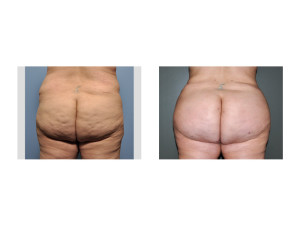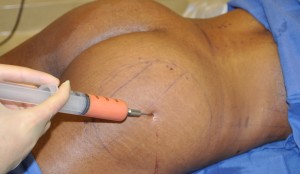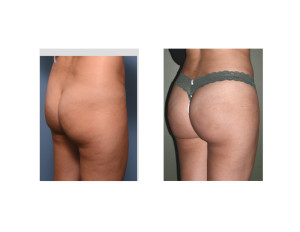Buttock augmentation by fat injections, more commonly known as the Brazilian Butt Lift (BBL), has become widely popular over the past decade. The simultaneous body contouring by a liposuction fat harvest and the use of the fat for buttock augmentation offers a dual body contouring benefit. Compared with the use of buttock implants, a fat transfer can create a better buttock shape with a lower risk of complications and a faster recovery.

In the November/December 2015 issue of the Aesthetic Surgery Journal the article entitled ‘Power-Assisted Gluteal Augmentation: A New Technique for Scultping, Harvesting, and Transferring Fat’ was published. In this paper the authors describe their technique to large volume buttock augmentation that combined power-assisted liposuction (PAL) and fat harvesting of the zones around the buttock with autologous fat transfer. In 110 patients liposculpting and fat harvesting were done with a power-assisted liposuction device. Fat was then transferred to the buttocks with simultaneous power-assisted vibration and tunnelization. Harvested liposuction volumes ranged from 1400 to 5000mls and injection volumes ranged from 300ml to 900ml per buttock. Patients were followed for an average of 20 months. Complications included a persistent burning sensation (5%), persistent swelling in the lower back (3%) and a mild infection in one patient. (1%)

Dr. Barry Eppley
Indianapolis, Indiana



